Results 4,271 to 4,280 of 12096
Thread: Anandtech News
-
09-03-14, 07:31 AM #4271
Anandtech: Broadcom Announces BCM4358: Second Gen 2x2 802.11ac WiFi
Today, Broadcom is announcing a new WiFi/BT combo chip that succeeds the BCM4354. According to Broadcom, the key features of this new chipset are enhanced WiFi/BT coexistence performance, integrated PA/LNA/TR switch, transmit beamforming and low density parity check codes, and angle of arrival direction finding technology. According to Dino Bekis, VP of mobile wireless connectivity, the biggest difference between this chipset and BCM4354 would be the improved coexistence performance.
This chipset is now in production and should make its way into mobile devices in Q3 2014.
More...
-
09-03-14, 09:02 AM #4272
Anandtech: Samsung Announces Gear VR: A VR Harness For Your Note 4
Alongside today’s announcement of the Galaxy Note 4, Samsung also used the occasion to announce that they intend to break into the nascent VR headset market with their own device. Dubbed the Gear VR, Samsung is making a very different and very smartphone-centric take on the VR headset concept. For that reason the fact that this device was announced at the same time as the Note 4 was no mistake or even a convenience. Instead the Gear VR is functionally a peripheral for the Note 4; the Note 4 itself is the heart of the device, and the Gear VR is the harness to utilize the Note 4 as a VR headset.
The idea of using a phone or phablet as the basis of a VR headset is not new, but Samsung’s Gear VR project is the most serious and complete implementation of the idea yet. Gear VR follows up on Google’s Cardboard VR concept, replacing the hacked together DIY construction with a retail grade manufactured harness. Otherwise the idea is similar in execution: phones and phablets already have the screens, sensors, and gyroscopes necessary to build a basic VR headset, so why not? And the Note 4 in turn is the newest and most advanced of these devices.
Meanwhile Samsung for their part already has an interest in VR headsets and a business relationship to help make it a reality. Samsung is the manufacturer behind the display used in the Oculus Rift DK2, which uses the 1080p SAMOLED screen from the Note 3. With Samsung already involved in VR headset manufacturing, it’s only a slight extension on their part to take advantage of their in-house technology to go it alone and build their own headset out of the newer Note 4 hardware. As Samsung Display Corp. seems to only be willing to provide the latest and greatest SAMOLED panels to Samsung Mobile, there is potential to ship a VR display more compelling than anything else on the market.
So how does the Gear VR work? With the Note 4 proving the heart of the device – the display, the processing, and the sensors – the Gear VR harness itself provides the mechanism to hold the phone in place, including the lenses necessary to focus on the Note 4 at such a close distance and to adjust that focus. However the Gear VR is also an I/O device of its own to allow access to the Note 4, since the phablet and its touchscreen are inaccessible while it’s locked into the harness.
Utilizing the micro-USB connection at the bottom of the Note 4, the Gear VR grants the combined setup a small touchpad and a back button to allow basic operation and navigation, along with additional controls for volume (note that audio either comes from the Note 4 or an external headset, the harness has no speakers of its own). This setup isn’t a full replacement for the Note 4’s buttons and touchscreen, but it’s meant to offer a basic interface that’s used in conjunction with pointing-by-viewing to allow simple controller-free operation of the headset. It’s also worth noting that the harness doesn’t have a power source of its own, so it’s drawing from the Note 4’s own power supply.
Meanwhile one thing that is important to note is that unlike other VR headsets such as the Oculus Rift and Sony’s Project Morpheus, the combined Gear VR headset is designed to be a stand-alone device. It’s not merely a display and I/O interface for an external game console or PC, but as in the Google Cardboard concept is a complete and self-contained device.
This is an important distinction because it sets a baseline for what kind of content Samsung can reasonably offer and support on the headset. The Note 4 is a modern and high performance phablet, but at the end of the day it’s powered by an SoC-class GPU that offers a fraction of the performance of a game console or PC. Which is not to say that you can’t game on it, but given the hardware it’s clear that Samsung is not in direct conflict with Oculus VR or Sony for the hardcore gaming market.
Consequently the bulk of Samsung’s demos were focused on panoramic 3D video playback, which is a low intensity task that the Note 4 isn’t challenged by. In this case the headset can be used to look around the panorama, making it seem as if the viewer is in the middle of the action. Along with the panoramic videos, Samsung also had an Iron Man themed demo to showcase the device’s interactivity potential, using the Gear VR setup to look around a mockup of Tony Stark’s lab and to activate certain gimmicks and informational displays. Finally a simple space sim dubbed Escape Velocity was present to demonstrate the gaming possibilities for the device, though gameplay was limited to looking and shooting due in part to the limits imposed by the hardware and I/O options. In the longer term all of these are closer to technical demos than complete products, so Samsung will need Android developers to embrace the Gear VR setup if they wish to round up a good collection of content.
Meanwhile the hardware itself was solid. In our brief look at the demo units it’s impractical to do a proper side-by-side comparison with any other VR headsets, but Samsung has put together a solid piece of kit. The adjustable headstaps offer enough range to fit most heads – even my own (if just barely) – and the adjustable focus means just about anyone with good vision should be able to make the headset work. However, correction seems to be limited to around -3.5 diopters for those that are near-sighted. In addition, no correction is possible for those with astigmatism. The headset also does not accommodate for glasses.
Elsewhere the inputs live up to their stated goals of providing limited I/O for the Gear VR, though I did manage to accidentally hit the back button more than once. Overall the Note 4 gives the overall setup some heft, but not enough to make the setup heavy or uncomfortable, at least for short periods of use.
Which on that note, Samsung is suggesting a 30/15 rule for the device: 30 minutes of use, followed by a 15 minute break. This limited playing window avoids any concerns about extended use of VR headsets while also bypassing any battery life concerns since the Note 4 needs to power every aspect of the combined setup.
Otherwise the star of the Gear VR is the Note 4’s display, which is currently unparalleled among SAMOLED displays. At 2560x1440 pixels (Quad HD) and with the rapid response time of OLED, the Note 4’s display is a natural fit for a VR headset. With the Note 4 packing a 5.7” screen, the pixel density on the Note 4’s panel works out to roughly 515 PPI, one of the highest pixel densities yet and a good fit for an application that is so density-sensitive. However this is complicated by the now typical use of a pentile subpixel arrangement in a Samsung OLED display. The 515 PPI density makes the pixels harder than ever to see, but they are still visible and the subpixel layout exacerbates this to some degree. Based on our experience this may very well be better than any other VR headset display so far, but the holy grail for VR headsets may be a 4K display in similar dimensions.
Meanwhile it’s interesting to note that while this is a Samsung device it is being promoted as a product of a “deep technical partnership” with Oculus VR. The press release Samsung will be sending out with today’s announcement even specifically notes that the Gear VR is “powered by Oculus technology”. Unfortunately Samsung isn’t going into any real detail on what that partnership entails at this time. Since Samsung is building all of the hardware, the most likely collaboration is on the software and/or the optics. Though in either case any presence that Oculus VR has in the development of the Gear VR is not immediately obvious when you use it.
Wrapping things up, in the longer term we do have some concerns about the viability of the Gear VR compared to other VR headsets, but with the modern incarnation of the VR headset industry so new, these are questions that only development time and consumer adoption can answer. Which is also why Samsung is wisely approaching this in an Oculus Rift-like manner by pitching this first iteration of Gear VR at early adopters under the product title "Samsung Gear VR Innovator Edition." The difference is somewhat semantic – Samsung and even certain carriers will be selling the Gear VR harness to anyone that wants it – but Samsung does make it clear that they’re not shooting for wide consumer adoption quite yet.
On the hardware side, one of the biggest technical questions that Gear VR raises is whether the sensor suite on a smartphone is really good enough for this line of use. Oculus VR for their part has been focusing on very low input latency as a major component of VR headsets, for example. And even though this is an early adopter product this is something Samsung has paid more attention to than we would have expected. Samsung is specifically listing the device's "Motion to Photon" latency in their product specificaitons, which for the Gear VR is stated to be less than 20ms. 20ms is a particularly important threshold for VR headset latency, since among other things this is the maximum amount of latency that John Carmack has stated he feels is acceptable.
Meanwhile on the consumer side there’s the question of consumer interest. Does a Note 4 converted into a VR headset offer enough functionality to satisfy consumers? Gaming still seems like the killer app for VR headsets, and that’s the area where an SoC-powered device like the Gear VR is going to be the most handicapped.
For the answer to these questions and more, we’ll have to see what happens with the Gear VR once the Innovator Edition begins shipping. Like the Note 4 itself, Samsung isn’t committing to a date or a price at this time, but their best estimate for a launch date for the Gear VR is this fall with a price to be determined.
More...
-
09-03-14, 09:02 AM #4273
Anandtech: Samsung Announces Galaxy Note Edge: Hands On
Following on the heels of the Galaxy Note 4, Samsung is also announcing a new product named the Galaxy Note Edge. In terms of basic hardware, not much changes. Same fingerprint sensor, same SoC, same RAM, camera, battery, etc. The one fundamental difference is that the display has a curved edge similar to the patent depictions. Samsung is pushing this as a secondary display of sorts that allows for more information to be shown along the curved edge without disrupting the rest of the content on the display. This is done by extending the display by an extra 160 pixels in width. I've included a spec sheet below to show the rest of the differences between the Note 4 and Note Edge.
If by any chance this reminds you of the Samsung Continuum, a variant of the Galaxy S exclusively on Verizon, you would be right. However, unlike the Continuum, this has been achieved by curving the AMOLED panel onto the side of the phone instead of putting another display beneath the primary display. This also has a few implications for ergonomics. For example, the power button is relocated to the top of the phone.Samsung Galaxy Note Edge Samsung Galaxy Note 4 SoC 2.7 GHz Snapdragon 805 2.7 GHz Snapdragon 805 RAM/NAND 3 GB LPDDR3, 32/64GB NAND + microSD 3GB LPDDR3, 32GB NAND + microSD Display 5.6” 1440p+160 Super AMOLED 5.7” 1440p Super AMOLED Network 2G / 3G / 4G LTE (Qualcomm MDM9x35 IP block UE Category 6 LTE) 2G / 3G / 4G LTE (Qualcomm MDM9x35 UE Category 6 LTE) Dimensions 151.3 x 82.4 x 8.3mm, 174 grams 153.5 x 78.6 x 8.5 mm, 176 grams Camera 16MP (4128 x 3096) Rear Facing w/ OIS, 1/2.6" CMOS size (Sony IMX240), F/2.0, 3.7MP FFC w/ F/1.9 aperture 16MP (4128 x 3096) Rear Facing w/ OIS, 1/2.6" CMOS size (Sony IMX240), F/2.0, 3.7MP FFC w/ F/1.9 aperture Battery 3000 mAh, 3.85V, 11.55 Whr 3220 mAh, 3.85V, 12.397 Whr OS Android 4.4.4 with TouchWiz UX Android 4.4.4 with TouchWiz UX Connectivity 802.11a/b/g/n/ac + BT 4.1, USB2.0, GPS/GNSS, MHL, DLNA, NFC 802.11a/b/g/n/ac + BT 4.1, USB2.0, GPS/GNSS, MHL, DLNA, NFC SIM Size MicroSIM MicroSIM
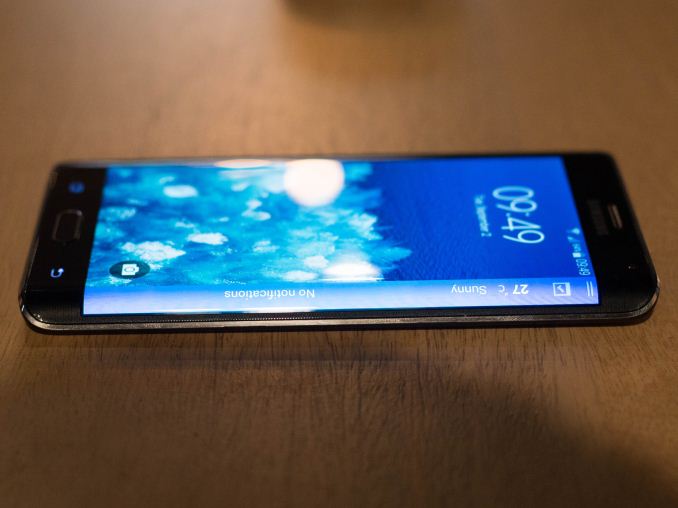
While I'm normally not too stringent on top-mounted power buttons, this move felt like a major step back for ergonomics. While it's going to take a full review to really know whether this is a problem or not, my first impression was that this would make it harder to recommend the Note Edge over the Note 4. However, there are a few things that Samsung got right with this phone. For one, palm rejection is incredibly well-implemented. Even though I had my palm solidly on top of the display, I didn't see any touch events occur. The side with the curved display also feels incredibly thin, and seems to disguise the actual thickness of the device.
In practice, the display doesn't really seem to have much area, and tapping shortcuts and other objects on the sidebar tends to require a bit more precision than what I'm used to. For the most part, the use cases are largely similar to what we saw in the Continuum as well. Live news feeds were one possible use case, along with Twitter feeds and Facebook status updates. The other uses that were available included placing camera controls on the curved area to make the viewfinder larger, notifications while watching movies, and some quick tools such as a flashlight or ruler. The curved edge can also serve as an alarm clock. Overall I found it hard to see any particular killer app, but it may be useful to some. To me, the Note Edge doesn't really seem better than the Note 4, just different.
The Samsung Galaxy Note Edge will be available later this fall on AT&T, T-Mobile, Sprint, and Verizon. It will come in either Charcoal Black or Frost White in other select markets.
More...
-
09-03-14, 11:31 AM #4274
Anandtech: NVIDIA Announces GAME24 - 24 Hour Live Gaming Celebration
It seems company sponsored live events are becoming more popular. Not long after AMD hosted their own gaming celebration, NVIDIA is upping the ante with a 24 hour live streamed event with several physical locations around the world, which they're calling GAME24.
NVIDIA describes GAME24 as a celebration of gaming, and several gaming studios will also be involved in the event. However, NVIDIA has not yet announced the studio names. GAME24 will feature eSports competitions, record-breaking gaming stunt competitions, exclusive game demos, prizes, and developer interviews. And of course, along with a focus on gaming products and partnerships, there will be a significant amount of actual gaming taking place both remotely and in-person.
The event will take place starrting 6 PM PST on Thursday, September 18th, and it will last until the same time the next day. Streaming will be provided from start to finish via Twitch. To attend the event, register at GAME24 | NVIDIA. Attendance and registration are free. Registration ends at 5 PM PDT the day of the event but NVIDIA warns seats are limited, so it's first come first served.
Confirmed locations include:
- Los Angeles: Hangar 8, 3021 Airport Avenue, Santa Monica, California. 18 and up only.
- Chicago: Ignite Gaming Lounge, 3341 N. Elston Ave., Chicago, Illinois.
- Indianapolis: eBash Indianapolis Video Game Center, 6609 East 82nd St., Indianapolis, Indiana.
- Mission Viejo, California: 27741 Crown Valley Pkwy, Ste. 223, Mission Viejo, California.
- London: Location TBA
- Shanghai: Location TBA
- Stockhom: Location TBA
I have personally attended a few regional celebration events like this before, and I've always had a good time. Between the gaming, merchandise giveaways, and just the social aspects it should be a fun event.
Source: NVIDIA
More...
-
09-03-14, 12:01 PM #4275
Anandtech: Sony Announces the SmartWatch 3 and SmartBand Talk at IFA
Sony is no stranger to wearable devices. But today they are launching their first device that runs Google's Android Wear operating system. The first is the Smartwatch 3, pictured on the left above. The SmartWatch 3 is similar to the other Android Wear devices launched by other manufacturers. It sports a 1.6" 320x320 LCD display, and is powered by Qualcomm's APQ8026 quad Cortex-A7 part running at 1.2GHz, paired with an Adreno 305 and 512MB of RAM plus 4GB of NAND. The SmartWatch 3 is IP68 rated for submersion in water up to 2 meter deep for 30 minutes. The 420mAh battery is also slightly larger than competing watches like LG's G Watch which is 400mAh.
My concern is that the SmartWatch 3 doesn't really bring anything spectacular compared to competing devices and doesn't have the visual appeal or design of watches like the LG G Watch R. Pricing has yet to be announced but hopefully the SmartWatch 3 is price competitive.
The second announced device is the SmartBand Talk. It's more like some of the fitness bands that we've seen launched, with a 1.4" e-paper display at 192dpi that integrates into the band itself. Sony hasn't given any specifics about what's inside the SmartBand Talk, but they have said that it will have an integrated speaker and mic for voice calls when paired with a smartphone. It's not clear if the SmartBand Talk is also powered by Android Wear.
The SmartWatch 3 will be available in black and green, while the SmartBand Talk will come in black and white. Both devices are slated to launch in the fall, and pricing is currently unknown.
More...
-
09-03-14, 01:37 PM #4276
Anandtech: Toshiba announces new Chromebook 2 line
Expanding its Chromebook lineup, Toshiba updates its original mobel by the obviously named Chromebook 2. During my little time with the device at IFA the most immediate difference on this new model is the display, it now offers some very good colours and viewing angles. Toshiba now provides a 1080p IPS screen on the higher end model that is worlds apart from the screen used in their original Chromebook. Alternatively, they said that'd they offer a 720p matte screen display in a lower end edition, which they unfortunately did not have on display to compare to.
The specs are pretty modest; the devices come with an Intel Celeron Bay-Trail processor which according to Toshiba may be subject to change due to device's later release date, and as such they refused to detail me which exact model is implemented on the device. This creates a bit of anbiguity on how performant the device exactly may end up being. Main memory comes in at 4GB DDR3L at 1600MHz for the 1080p model, or only 2GB for the 720p model. Toshiba advertises 11.5h and 9h usage times for the low end and high end model on a non-replaceable battery.
Connectivity is provided by 1x HDMI-out, 1x USB 2.0, 1x USB 3.0 (including Sleep-and-Charge), SD/SDHC slot, headphone/mic combo jack connectors, and a Kensington security lock. The device sports 801.11ac+agn WiFi capabilities with BT 4.0 and a HD webcam with dual microphones.
Toshiba representatives told me they tried to improve on the main issues their user-base reported on the predecesor model, which beyond the screen was also the form factor, and indeed the Chomebook 2 shaves off a lot of weight and size while still retaining the same 13.3" screen size.
There was a noticeable lack of visible speakers anywhere on the device and that's because they were built-in into the device. The sound was quite acceptable for laptop speakers and plenty loud.
The Chromebook 2 isn't scheduled to be available until in Q1 2015 in Europe. While again Toshiba didn't comment on the price, I expect something similar to the current models which hover around 300€.
More...
-
09-03-14, 03:30 PM #4277
Anandtech: ASUS Unveils the ZenWatch at IFA
Today ASUS threw their hat in the ring of Android Wear smartwatches with their new ASUS ZenWatch. All of the Android Wear watches sport a common hardware platform and the ZenWatch is no exception. It sports a 1.63" curved 320x320 AMOLED display, and is powered by a Qualcomm Snapdragon 400 quad Cortex-A7 part running at 1.2GHz, paired with an Adreno 305 and 512MB of RAM plus 4GB of NAND. ASUS claims that the internal 1.4Wh battery will get a user through the day, and the IP55 rating for dust and water resistance should resist environmental hazards but not to the extent of other smartwatches like the Sony SmartWatch 3.
Android Wear watches typically have to compete on price or on design and build, and it looks like the ZenWatch has chosen to go with the latter. The stainless steel design with the curved cover glass and leather strap all convey a more premium feel than other plastic smartwatches. Of course, this also means that the ZenWatch is priced as one of the more expensive smartwatch options at 199 euros. ASUS expects that the ZenWatch will be put on sale sometime during the second half of 2014.
Source: ASUS via The Verge
More...
-
09-03-14, 05:30 PM #4278
Anandtech: Seasonic Platinum SS-1050XP3 & SS-1200XP3 Power Supply Review
Very powerful PSUs may not be all that useful to most users, but they certainly are the pride of any company. Today we're looking at the new pinnacle of Seasonic's retail PSUs, the Platinum XP3 series, products designed with very advanced users and cryptocurrency miners in mind. Their advertised performance seems amazing, especially when combined with their reasonable retail price. How well can they perform though? We will find out in this review.
More...
-
09-03-14, 06:01 PM #4279
Anandtech: ASUS EeeBook X205: The $199 Windows Alternative to Chromebooks
When ASUS introduced the first EeePC back in 2007, it became a huge hit and essentially ushered in the era of the netbook. Using Linux as the core OS and sporting low-end hardware in order to target a price of $200 (though it ended up shipping at $300 initially), the ultraportables world was forever changed. Google essentially revised and reinvigorated the netbook market with their Chromebook initiative, which brought us $200 laptops in 2011 that again used an alternative OS. Considering the $200 Chromebooks have been one of the highest volume laptops for the past year or two, others are looking to get a piece of that market. Now ASUS is teaming up with Microsoft to release a Windows 8.1 (plus Bing!) laptop that hopes to steal some of the thunder from budget Chromebooks.
As you'd expect from any full laptop selling for $200, the components are going to be relatively low-end. ASUS is using an 11.6" 1366x768 LCD – and no, it is not a touchscreen – the first sign of compromise. The processor comes courtesy of Intel's quad-core Atom platform (Bay Trail), and the X205 will ship with 2GB RAM and 32GB onboard storage (plus two years free of 500GB ASUS WebStorage). It also features two USB 2.0 ports, 802.11n WiFi, micro-HDMI, and microSD support. There will also be a version with 64GB of storage at a slightly higher price point. In other words, this is sort of like what would happen if you took a basic tablet and converted it back into a laptop, and then used Windows 8.1 instead of Android.
The overall quality of any $200 laptop is obviously going to be a concern, as that price point is far below what we usually see for Windows laptops. For those that want a higher performance computing device, this is obviously not going to fit their needs, but Windows 8.1 has taken steps to improving performance on low memory devices, and you still get a full keyboard and presumably decent battery life. You also get full compatibility with the existing library of Windows applications, which is going to be the real selling point. Is the market still interested in such a device, or have most people moved on to tablets and Chromebooks? We'll find out how well the X205 does at retail in the coming months.
More...
-
09-03-14, 06:01 PM #4280
Anandtech: ASUS' Zenbook UX305: Core M and QHD+
Today at IFA ASUS announced a couple of new laptops. The first continues the refinement of the Zenbook line with an update geared around Intel's Core M line of processors. Andrei is at IFA Berlin and can hopefully provide some hands-on impressions later, but the design language looks similar to the existing 13.3" Zenbook. The big news outside of the Core M processor is that the display has been upgraded yet again, this time to a 3200x1800 QHD+ panel. Other aspects include three USB 3.0 ports, an SD card reader, mini-HDMI, and 802.11ac WiFi connectivity.
We'll have more information on the Core M processors as well coming next week at IDF, but in the meantime it's interesting to note that ASUS has made the switch from the U-series line of Intel CPUs to what is effectively the Y-series Broadwell replacement. This is even more surprising as the UX301 shipped with the Core i7-4558U, which was a 28W CPU with a GT3-based Iris Graphics 5100 GPU. What we know of Core M suggests that the TDP has been cut way down, though it's likely Intel will have configurable TDP support as well. In any case, we may very well see a regression in performance from the UX301 to the UX305, though battery life should improve in the process.
Pricing and availability on the UX305 has not been announced, but there should be 128GB and 256GB SSD models, and likely multiple CPU SKUs. We'd expect the price to be similar to the existing UX301 – i.e. $1500+, depending on model – but the switch to Core M may result in prices being closer to $1000. For students and businesses that need highly portable laptops, the UX305 may be exactly what they want.
More...
Thread Information
Users Browsing this Thread
There are currently 8 users browsing this thread. (0 members and 8 guests)




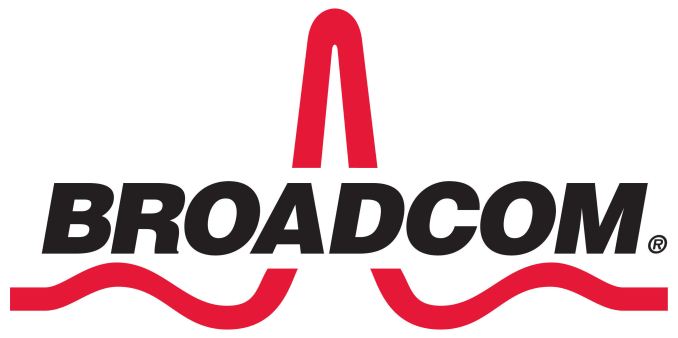

 Quote
Quote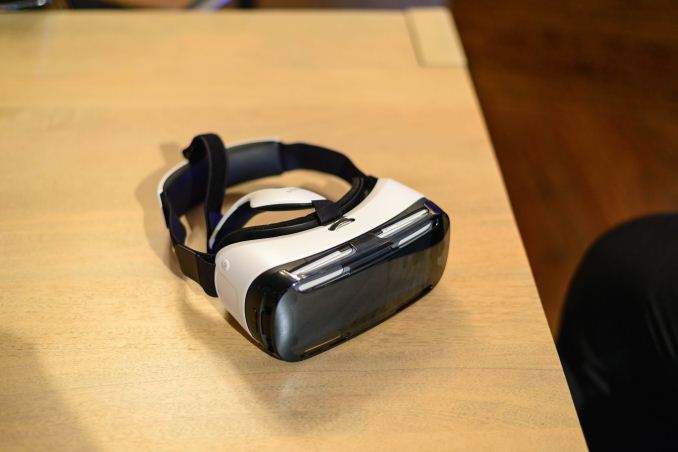

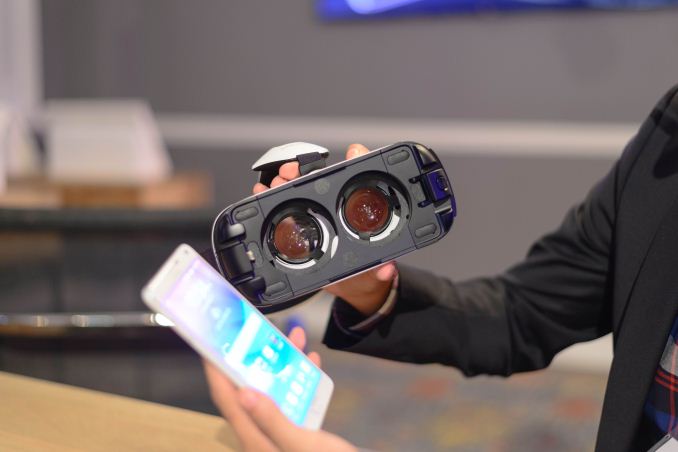
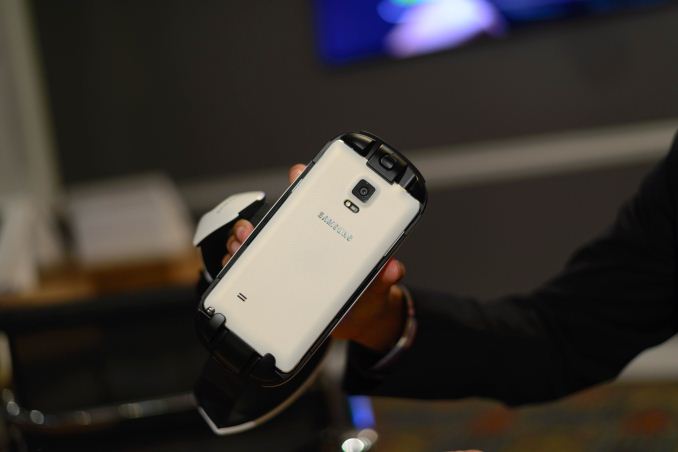

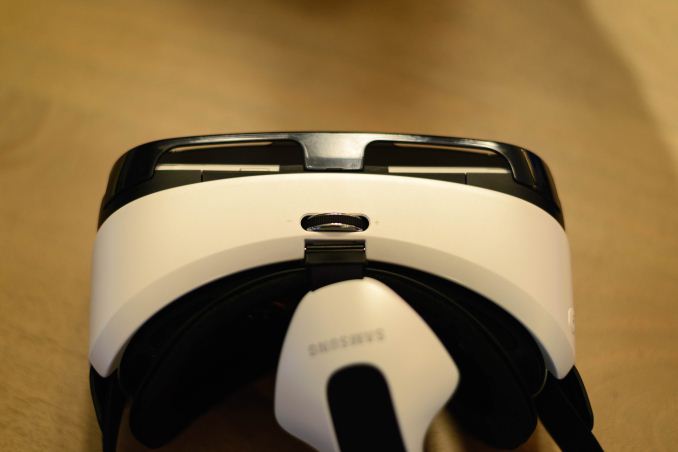
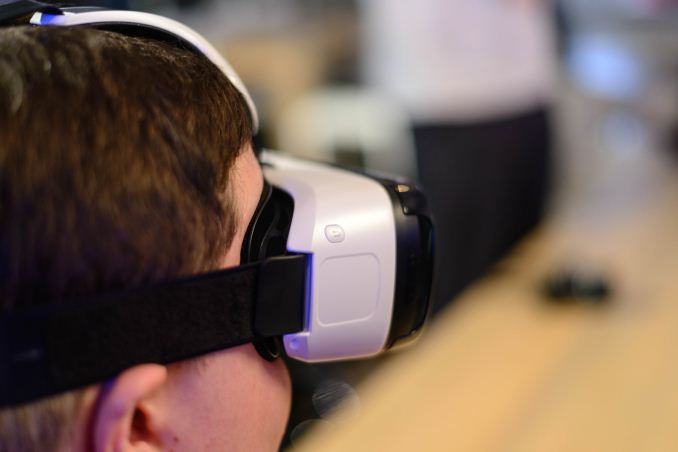
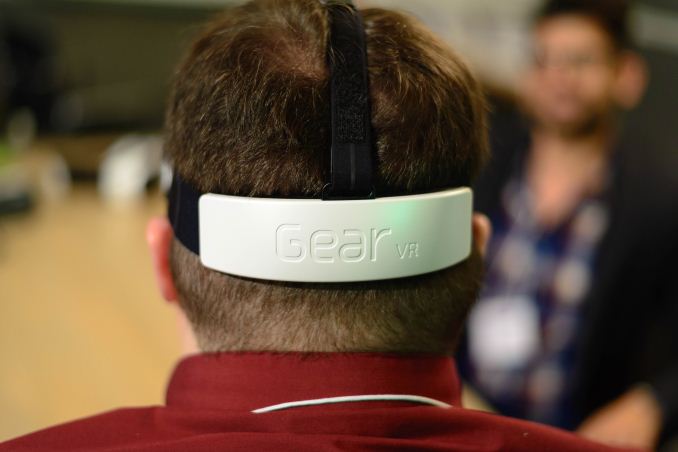
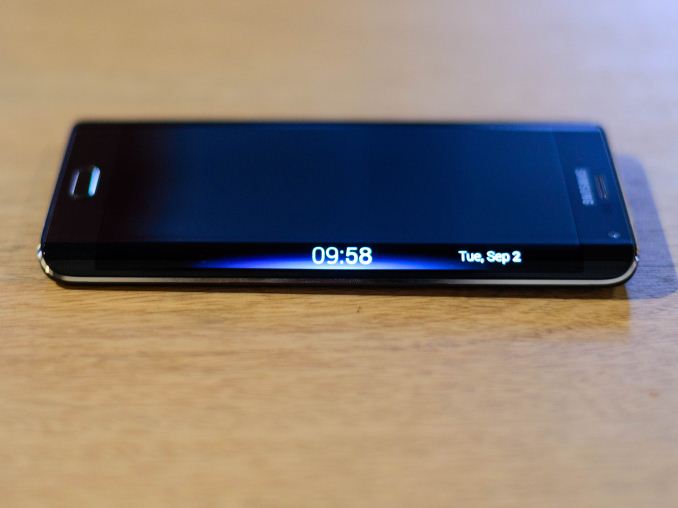
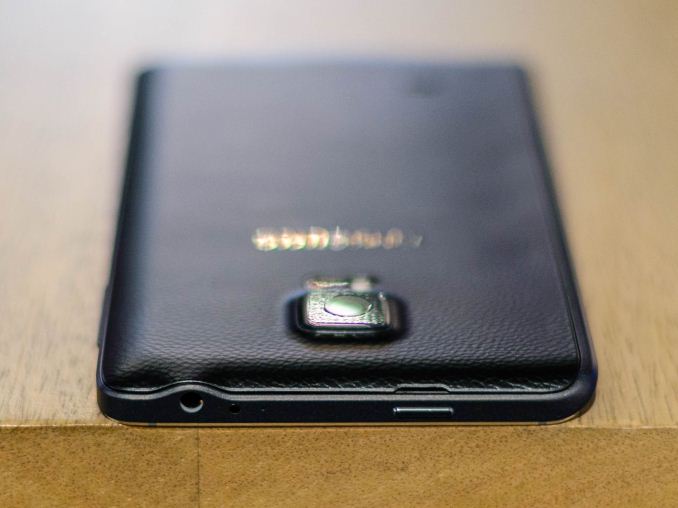
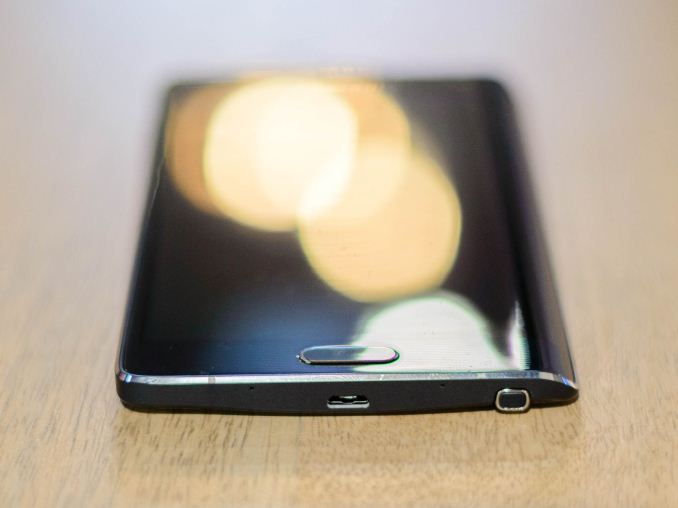


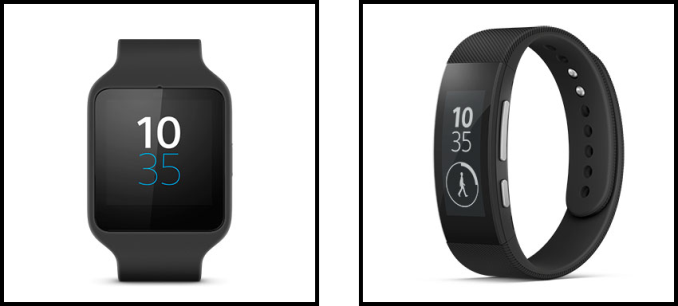
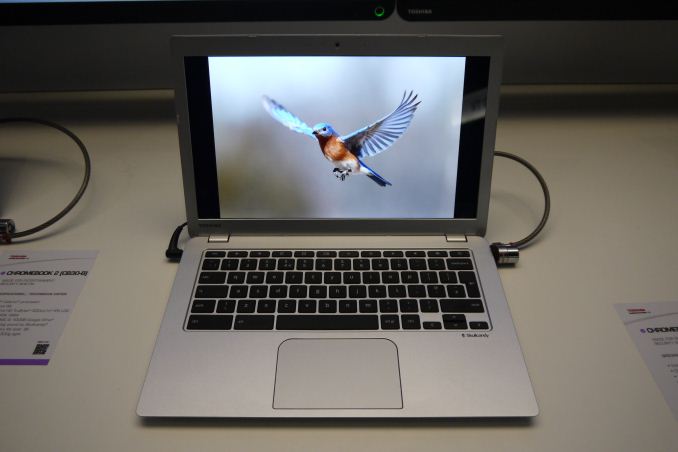







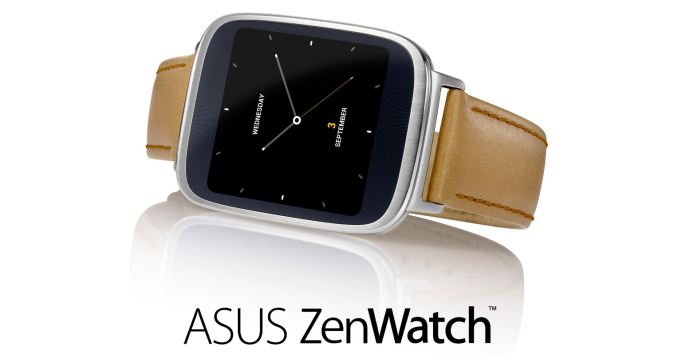
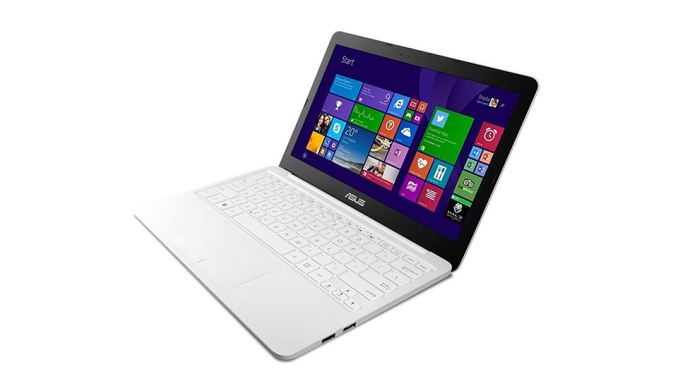
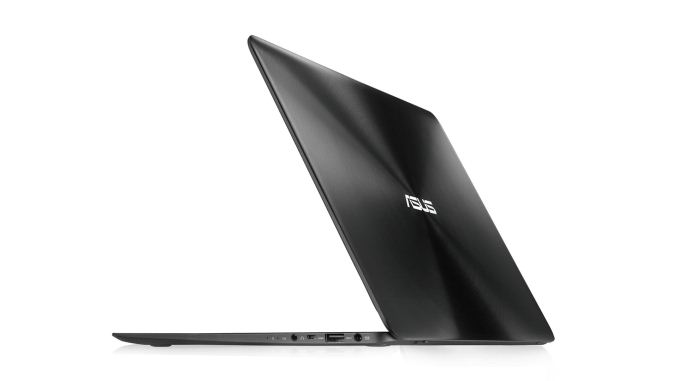
















Bookmarks